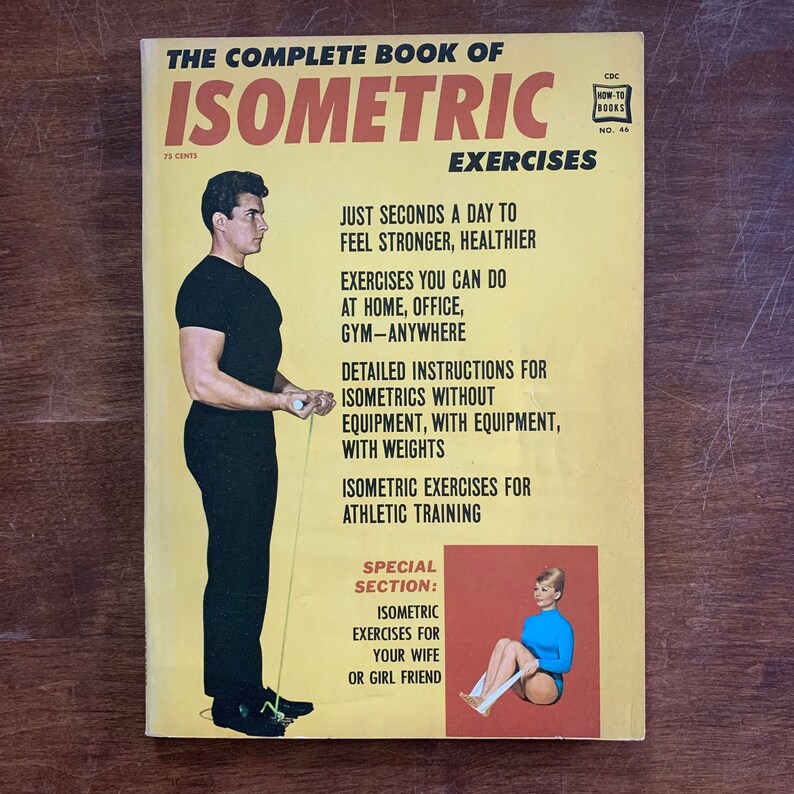Low-salt and sugar-free have too many vested interests to get critical thinking on how valid population-level statistics are for individuals, and 'high' blood pressure rarely gets questions about how reliable the correlation was that picked 130/85 mmHg (millimeters of mercury) as high blood pressure for everyone. Thosa blood pressure numbers are the clunkily-named systolic on top over the diastolic below. The top is the pressure in arteries as the heart beats while the bottom is the pressure at rest.(1)
Ways to lower those do get a constant refresh. For decades, the key way to lower high blood pressure was a medication like losartan (e.g. Cozaar) while losing weight and doing more exercise. The exercises changed as fads came and went but that is okay, exercise is good. However, while global recommendations on salt are epidemiological nonsense that only prevent delicious food, statistical analysis can give some idea what exercises work best - if the authors are able to control for everything else.

TLDR, wall squats are best. Image: Canterbury Christ Church University
Conventional wisdom has been that cardio/aerobic exercises are best. Whether or not the correlation arrows to those becoming big exercise fads was epidemiology (via corporate media) claiming they were best or epidemiologists rushing to catch the culture wave are unclear but then later people swore by dynamic resistance training. Then influencers selling books came up with combinations of those. There is a lot of junk epidemiology promoting Miracle Vegetables,warning us about Scary Chemicals, and 'suggesting' cell phones causing ADD and that may explain at least the motivation to analyze isometric exercises critically.

Isometric exercises have been around as long as the Mediterranean Diet that keeps getting renamed. But this on Etsy.
Isometric exercises have been around forever, they just get rebranded each generation, so today 'planking' is a popular example of static exercise where joints aren't impacted and muscles don't stretch. To see how those stacked up against High Intensity Interval Training(HIIT) and isometric exercises they did a meta-analysis. That means they looked at other studies (270 randomized controlled trials published from 1990 to 2023 with 15,827 participants) and tried to 'normalize' them. Because they threw out bad studies, if they were able to compare apples to apples in methodology, it is a good way to average out the results.(2)
Their criteria were only at least two weeks in duration, which is a confounder(3), but the trials covered 33 years, which is good. As you'd expect, all exercise helped but they found that the biggest reduction was people who did isometric exercise training.
Not by a little, by a lot. Drops were 4.08/2.50 mmHg using HIIT, 4.49/ 2.53 mmHg for aerobic, 4.55/3.04 mm with dynamic resistance training, but a whopping 8.24/4 mmHg after isometric exercise training. If you like specifics, isometric wall squats and running were the most effective individual exercises for reducing systolic blood pressure while isometric was best for both values.
That said, if you are doing exercise you like, do not chase fads. Epidemiologists are the same group that correlates pickles to cancer and how virtual pollution in grandparents leads to obesity in kids. They have developed a bad habit of trolling for media plays by noting that their findings are only EXPLORATORY in papers but then suggesting their work merits calls to action and 'guidelines need to be updated' in their press releases for journalists.
The fact is it does not matter which exercise type 'works best', all that matters is you lose weight and do more. Though short-term impacts were highest with isometric exercise, they all work over time. So basically, if riding a stationary bike in your house or going to a class with others and planking keeps you motivated, that is what you should do.
NOTES:
(1) It is obvious that too much over a prolonged period is bad, and epidemiology validly points out it decreases lifespan, but population level statistics don't help a lot clinically. And you are a patient subset of one, what a million people have on average is unimportant. There is no legitimate way to know how many 'years lost' occur if someone is 140/90 versus 129/84, they just look at rows and columns and see 129/84 is conservative so that became 'healthy.' The same process was repeated for salt and if you look for actual science behind those, you will never find it.
(2) If you can exercise for two week and lower your blood pressure, medication would not need to exist, insurance companies would not cover it because the protocol would be 'exercise for two weeks'. I'm not your doctor but if you have consistently high blood pressure, not higher than ideal like 120/80 but high like 160/100, you should go on medication now and plank later.
(3) If you want to believe red meat prevents cancer, you can find it in epidemiology. If you want to believe it causes cancer, you can find it in epidemiology. 'Averaging' out the results tells us meat is just food. Don't eat too much of any food. Statistics experts actually think most epidemiologists are so wrong in their methodology it can't be due to malice, it must be incompetence. I was a signatory on a paper in Nature asking journals to stop using Statistical Significance as some kind of Supreme Court ruling in papers that aren't even close to science, but they are corporations and that stuff sells, so nothing changed. Epidemiologists love it but the hard sciences see it as a giant red flag if that is your foundation.




Comments